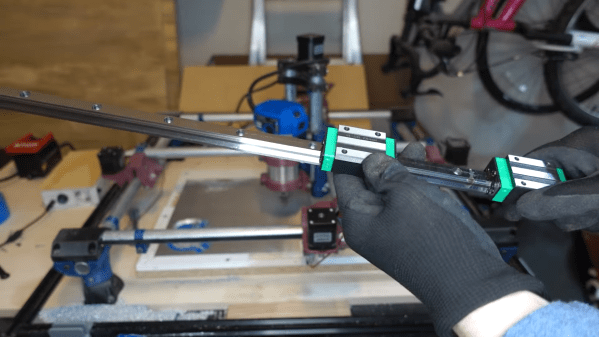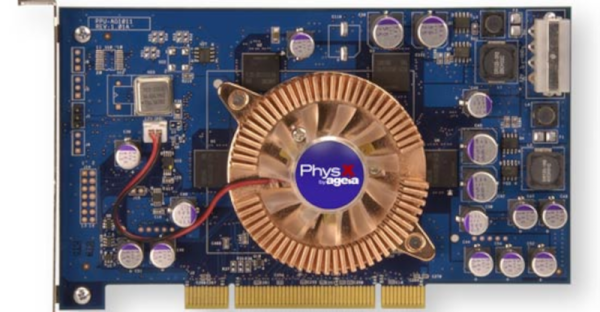The Mostly Printed CNC is famous for two things. First, being made mostly from 3D printed parts and commonly available steel tubing. Second, because of the materials used, its rigidity isn’t fantastic. But any CNC router is better than no CNC router, and [Alan Reiner]’s “Mostly Mostly Printed CNC” upgrades the base MPCNC into a much more capable unit.
MPCNC purists may want to look away, as the video below shows [Alan] committing the heresy of adding linear rails to his machine. The rails were sourced from VEVOR and at less than $100 for 10 meters, it must have been hard to resist. The rigidity wasn’t amazing — witness the horrific chatter at around the 5:15 mark — but [Alan] sorted that out with some aluminum extrusion and printed adapters.
Those upgrades alone were enough to let [Alan] dive into some aluminum cutting, but he also wanted to address another gripe with his base build: the Z-axis backlash. The fix there was to add another lead screw nut on an adjustable carrier. By tweaking the relative angles of the two opposed nuts, almost all of the backlash was taken up. [Alan] also replaced the motor coupling on the Z axis with a Lovejoy-style coupler, to remove as much axial compliance as possible.
Along with the motion control mods, [Alan] improved work holding and added an enclosure to tame the chip beast, along with some upgrades to the control electronics. The results are pretty good and appear well worth the modest added expense. Maybe a wireless controller can be next on the upgrade list?


















